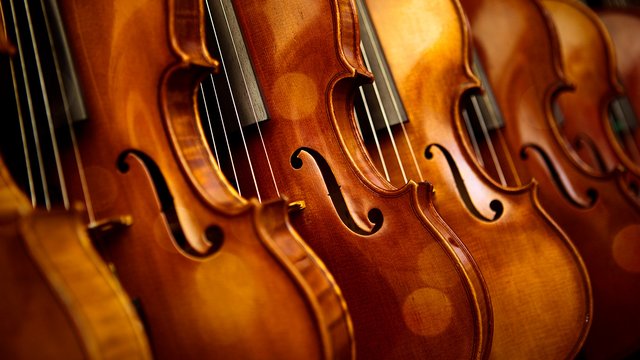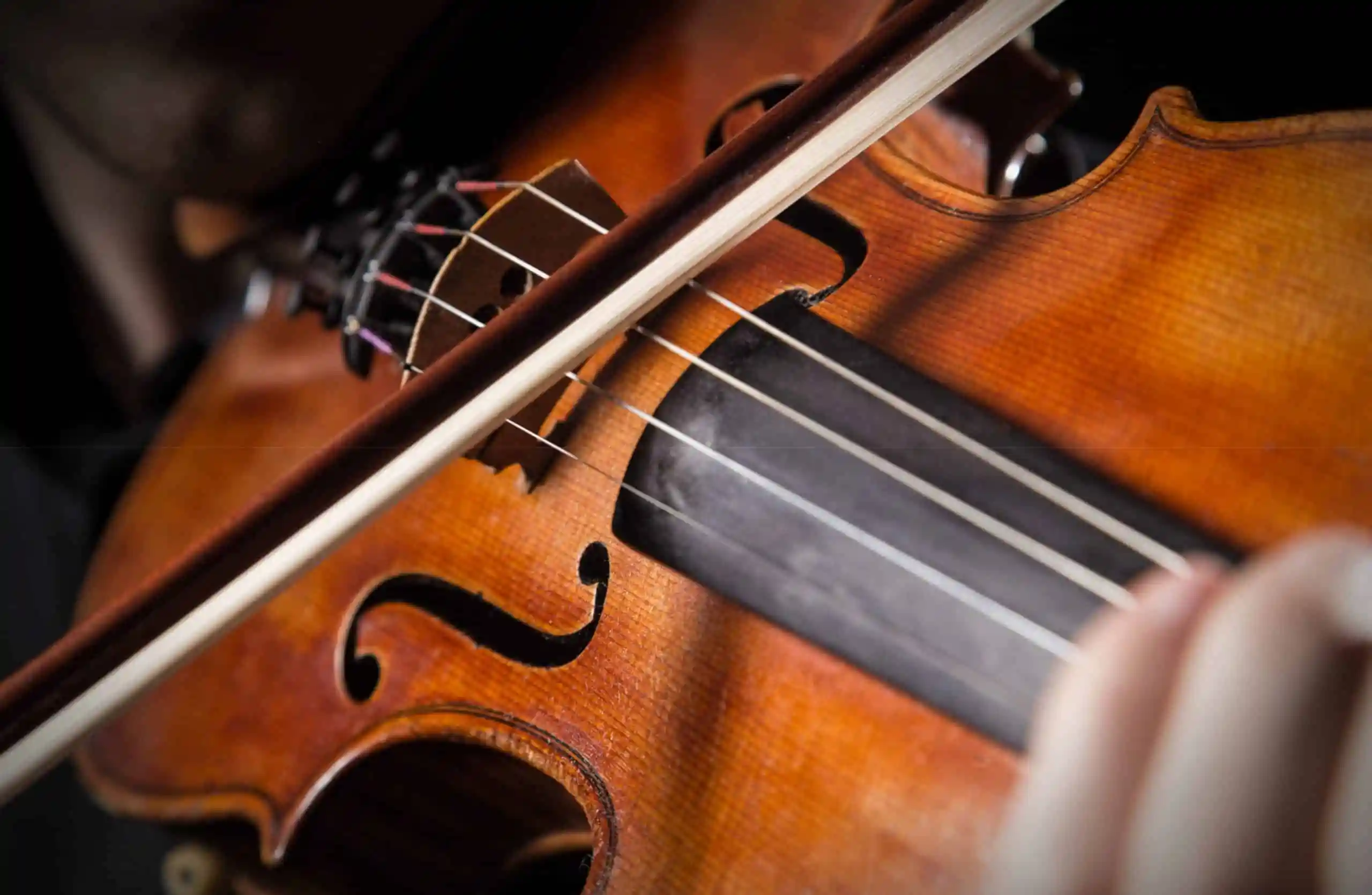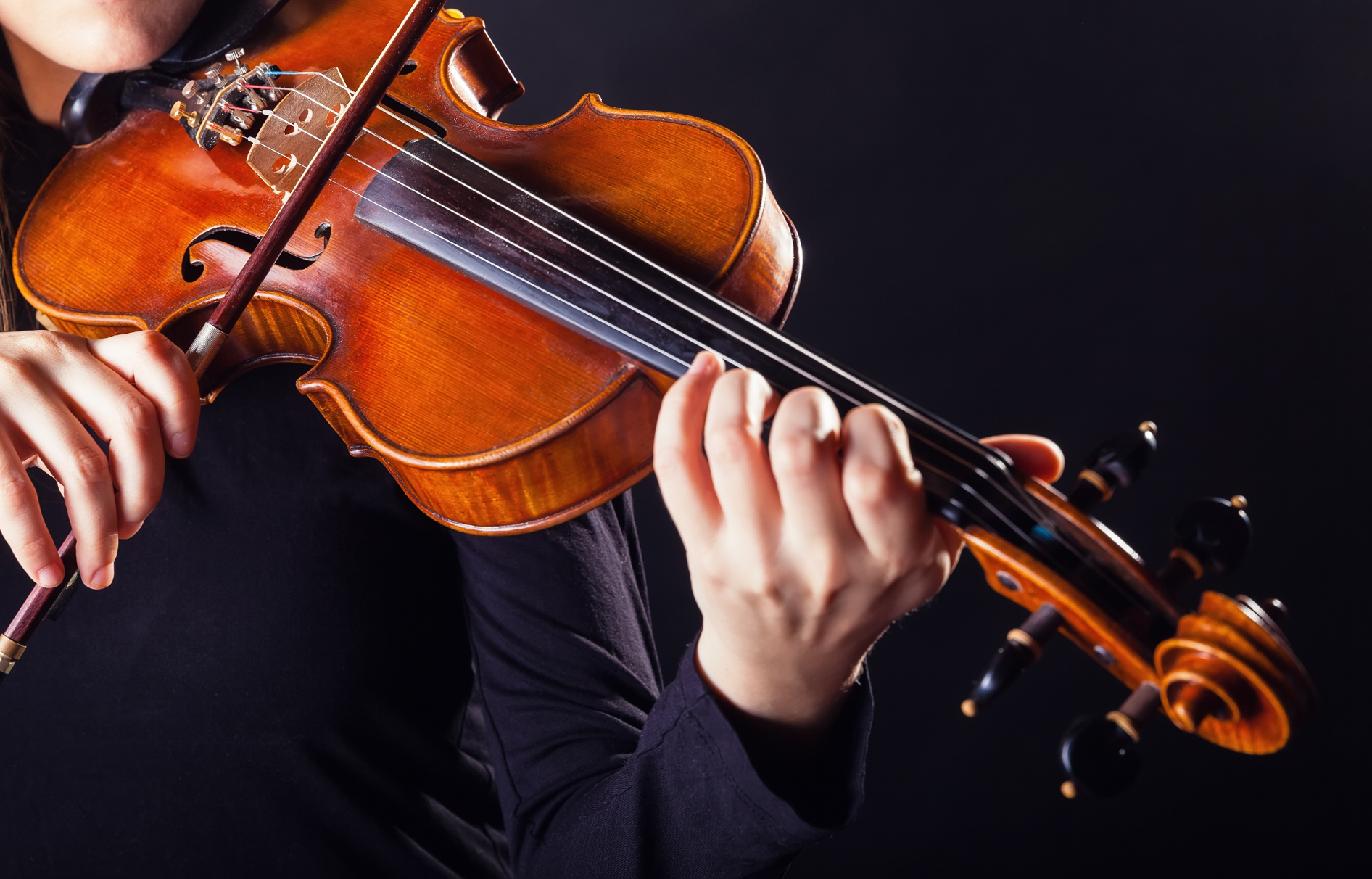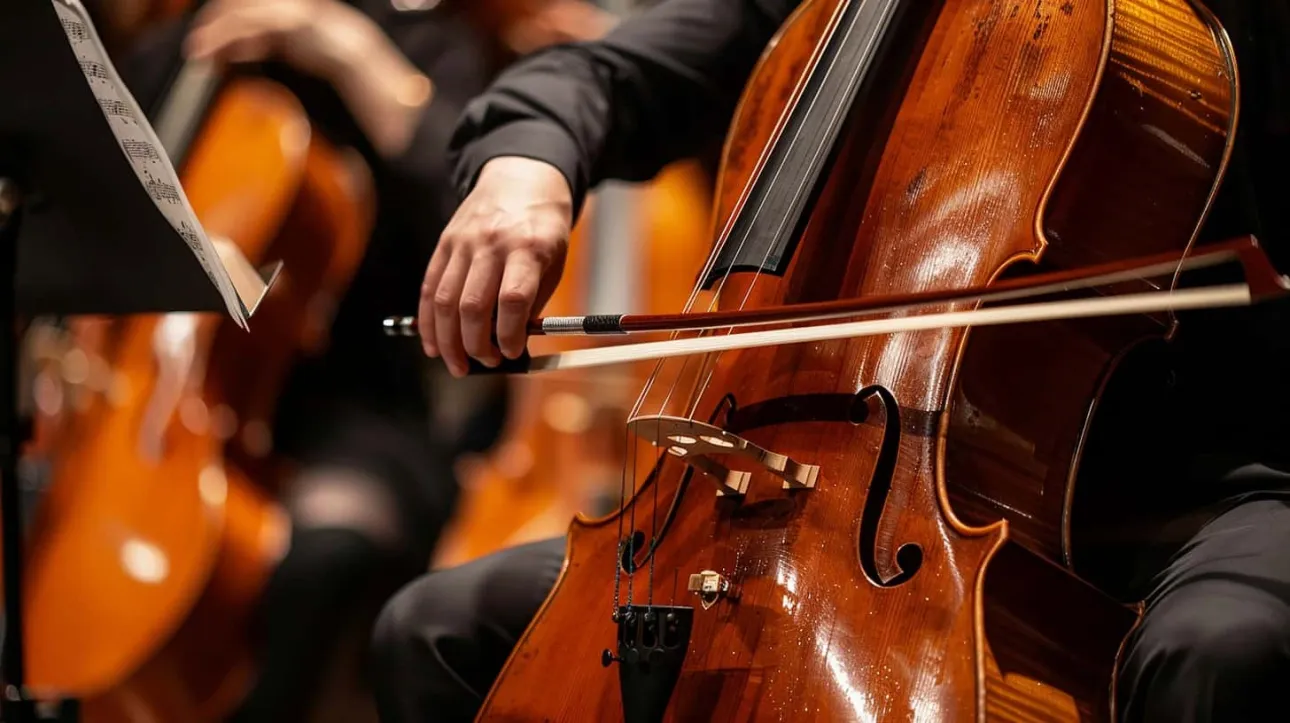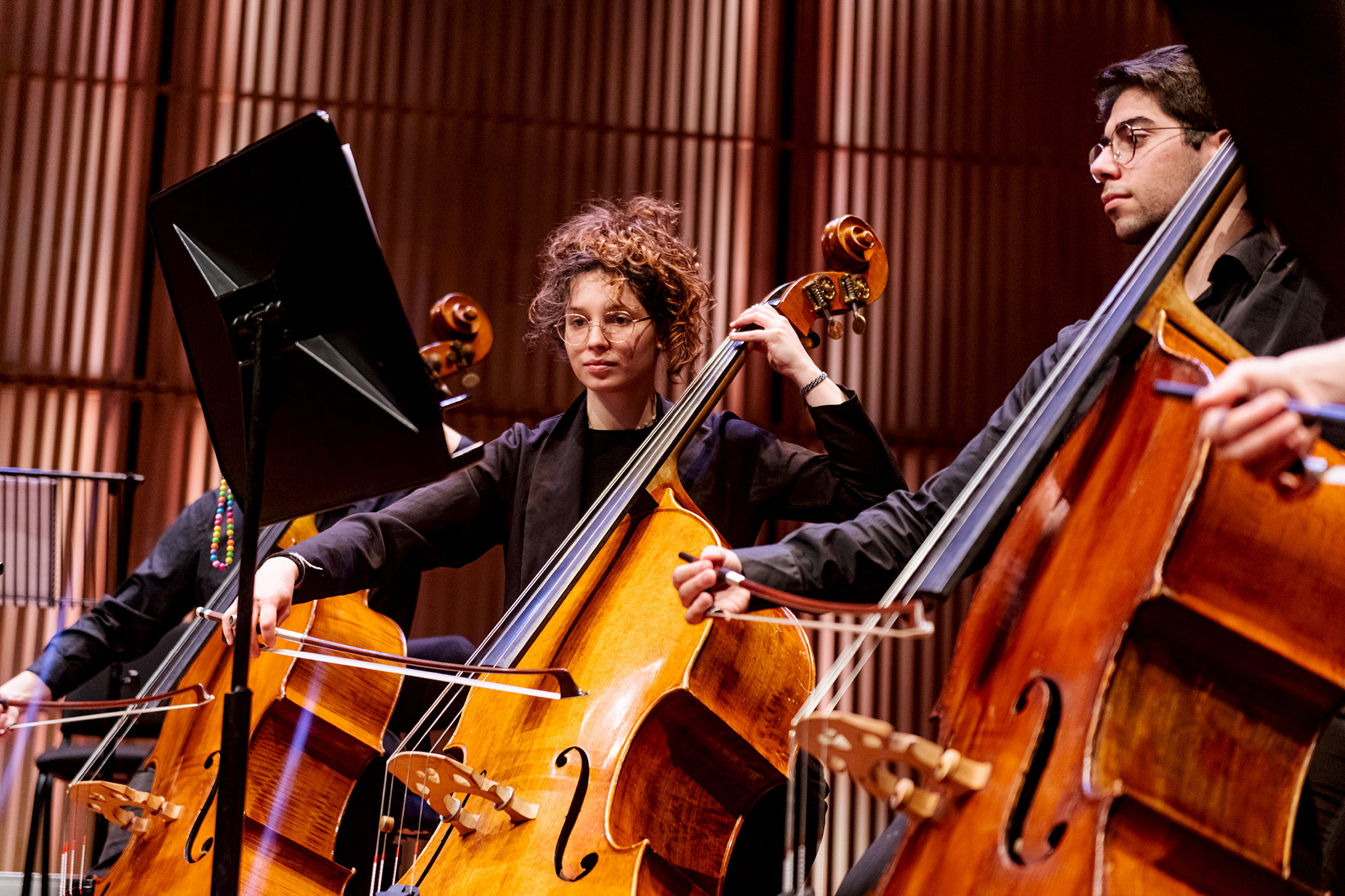String instruments have a long and fascinating history in classical music, dating back to the Renaissance and Baroque periods, when early versions of the violin, viola, cello, and double bass began to take shape in Europe. Crafted by legendary instrument makers such as Antonio Stradivari and Giuseppe Guarneri in the 17th and 18th centuries, these instruments were perfected in design and became central to orchestras and chamber ensembles. The violin quickly rose to prominence for its brilliant, expressive sound, while the cello gained popularity for its deep, emotional range. Over time, composers like Vivaldi, Bach, and later Beethoven and Brahms wrote masterworks that highlighted the beauty of the string family, solidifying their role as the backbone of classical music. Even today, centuries later, these instruments are played much as they were originally designed, a testament to their enduring craftsmanship and timeless sound.
